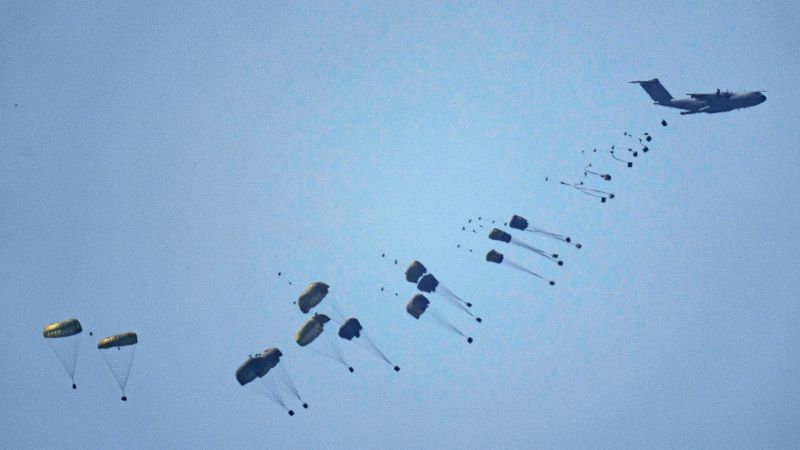
The US is dropping aid into Gaza. Here’s why that will do little to ease a humanitarian crisis
CNN
The US has joined several other countries in airdropping aid into Gaza, which is grappling with a humanitarian crisis.
The US has joined several other countries in airdropping aid into Gaza, which is grappling with a humanitarian crisis. With aid deliveries on land falling far short of the numbers needed to ward off famine in the enclave, it is hoped these airdrops will provide a lifeline to people in Gaza. But the UN and aid agencies have questioned how effective they will be at alleviating the situation, and their risks were shown starkly on Friday when malfunctioning parachutes caused aid pallets to hurtle from the sky at breakneck speed, killing five unsuspecting civilians. We’ve been taking a closer look at the use of airdrops in warzones. The UN carried out its first airdrop in August 1973 and since then they have been used by aid agencies and governments to deliver food to conflict zones across the globe. Packages of food and medicines are wrapped typically with six layers of packaging to provide protection and sewn together using a handheld stitching machine. Agencies use different colors to denote the contents of the packages with the World Food Programme using white for cereals, red for pulses and blue or green for specialized nutritious food.
